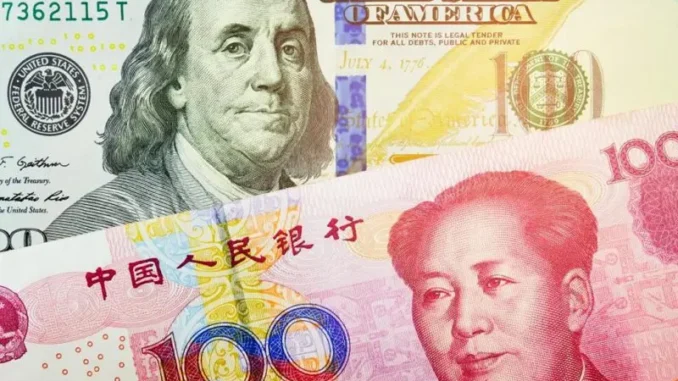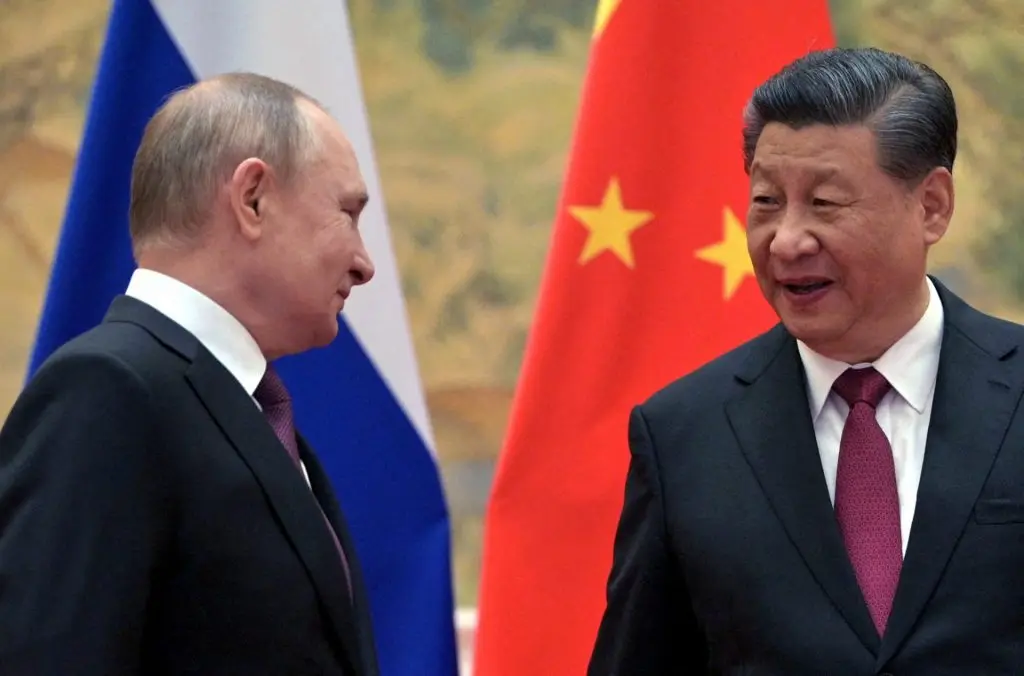
Alongside the BRICS de-dollarization plans, the Chinese yuan has officially overtaken the US dollar as the top traded currency in Russia. Indeed, the currency has now surpassed the greenback as the most prominent foreign exchange in Moscow according to a Reuters report.
The data shows that the yuan has accounted for more than 42% of currency trades in Russia. Alternatively, that figure outshines the US dollar share of 39.5%. Moreover, the figures show that the trading volumes for the yuan had tripled to reach $385 billion in 2023.
China’s Yuan Outshines US Dollar in Key BRICS Development
Over the last year, the global perspective has shifted greatly. Specifically, the BRICS economic alliance has led to increased efforts to diversify its economic perspective. Subsequently, it has greatly affected the US dollar, and the trust in its continued status as a global reserve asset.
Now, the BRICS alliance has continued to embrace that message, as the Chinese yuan has overtaken the US Dollar in Russian trade. Indeed, the former has edged out the greenback to be the primary foreign currency traded in Moscow. The development continues to showcase the interconnectivity of the economic alliance, and its embrace of its local currencies.

Russia’s move away from the US dollar was originally borne out of necessity, derived from Western-imposed sanctions. Therefore, many of its BRICS allies rejected the currency alongside it, influenced by fear of relying on a currency that could be weaponized.
However, that now appears to be a perspective shared globally. Throughout the year, Central Banks across the globe have increased gold acquisition and turned to digital asset developments. This has been a byproduct of US dollar fatigue derived from both its weaponization capability, and its fragility amidst macroeconomic circumstances.
Conversely, both Russia and China have increased reliance on each other amid the growing prevalence of the alliance. In 2023, bilateral trade between the countries increased to $240 billion. Moreover, that was an increase of more than 26% from a year prior. This year should see that number only continue to grow.



